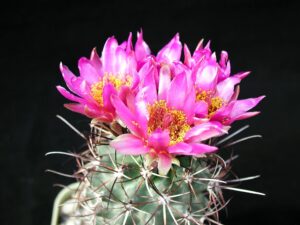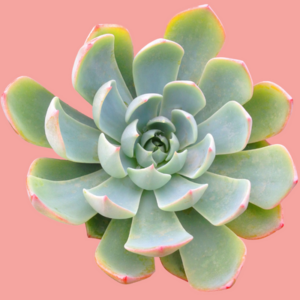When it comes to potting your cactus, the process can be both an art and a science. These resilient plants are often appreciated not only for their unique shapes and colors but also for their unyielding adaptability to arid environments. As you prepare to create a cozy home for your cactus, understanding the nuances of potting is essential for fostering its growth and visual appeal.
Let’s delve into the best techniques for potting and caring for your cactus, ensuring it thrives and becomes an eye-catching feature in your space.
Choosing the Right Pot: The First Step in Cactus Comfort
The selection of a pot is not merely a matter of aesthetics; it plays a pivotal role in the health of your cactus. Opt for containers that boast drainage holes, which prevent water from accumulating at the base—a common pitfall that can lead to root rot. Terra cotta pots are often favored for their porous nature, promoting air circulation to the roots while allowing excess moisture to escape.
Size matters when it comes to potting; choose a pot that is slightly larger than the root ball of your cactus. A snug fit provides adequate space for growth without allowing too much soil to retain moisture. This balance is critical, as cacti are accustomed to their roots being somewhat constrained in their natural habitat.
The right pot can also exude character. Glazed pots come in various colors and patterns, adding an engaging visual element while still providing functionality. Select a pot that harmonizes with your interior design, yet acknowledges the hardy nature of the cactus it will house.
Crafting the Perfect Soil Mixture: A Sanctuary for Roots
The soil composition is a fundamental aspect of effective cactus care. Traditional potting soil is typically too dense and retains moisture far longer than cacti prefer. Instead, consider a specialized cactus or succulent potting mix, which tends to be leaner and well-draining.
You can create your own blend by mixing equal parts of potting soil, coarse sand, and perlite or pumice. This combination not only promotes drainage but also provides a balanced medium for nutrient delivery and root ventilation. The rough texture mimics the natural desert soil where cacti thrive.
When creating your soil mixture, remember that the physiological needs of cacti are distinct. They require a substrate that allows for rapid drainage and minimal compaction, mirroring their native arid environments. Incorporating organic matter, such as well-composted leaf litter or coconut coir, can help introduce essential nutrients without jeopardizing drainage.
Potting Procedure: Artistry Meets Technique
Begin the potting process by carefully removing your cactus from its original container. Use gloves or tongs to avoid the spines, as handling them can lead to discomfort. Gently shake off excess soil, taking care not to damage the delicate roots.
Place a layer of your soil mixture at the bottom of the new pot. Setting your cactus at the right height is crucial; the top of the root ball should sit just below the rim of the pot to prevent water overflow during watering. Fill in around the sides with your soil mixture, carefully packing it to eliminate air pockets while avoiding excessive compression. This process contributes to root stability, allowing your cactus to establish itself firmly in its new environment.
Watering: The Art of Timing and Technique
Understanding the watering needs of your cactus is imperative. After potting, refrain from watering immediately; instead, allow the plant to acclimate in its new home for about a week. This wait period helps reduce the risk of transplant shock.
When you do water, do so generously but infrequently. The rule of thumb is to let the soil dry out completely between waterings. During the growing season—typically in spring and summer—your cactus might require more frequent watering, whereas reduced watering is essential during its dormant phase in fall and winter.
Consider the environment where your cactus resides. Factors such as temperature, humidity, and light exposure significantly affect watering needs. In lower humidity or higher temperatures, the cactus may require more hydration compared to cooler or more humid environments.
Placement and Light: Where Cacti Flourish
Once potted, the placement of your cactus becomes an essential consideration. Cacti are sun-loving plants that flourish best in bright, indirect light. A south or west-facing window is typically ideal, providing the illumination they crave without causing sunburn from direct, harsh rays.
Rotation is key; periodically turn your cactus to promote even growth and prevent it from leaning toward the light source. Cacti can exhibit a fascinating growth pattern, showcasing their unique aesthetic appeal under ideal lighting conditions.
Conclusion: Nurturing Nature’s Resilient Artwork
Potting a cactus encompasses more than merely placing a plant into a pot. It is a careful choreography of selection, preparation, and ongoing care that cultivates its beauty while respecting its natural tendencies. Through the right pot, soil mixture, appropriate watering techniques, and mindful placement, you not only ensure your cactus thrives but also enhance the visual allure of your personal space. Witnessing your cactus flourish stands testament to the harmony you create, embodying the resilient spirit and aesthetic wonder that these remarkable plants bring into our lives.





Leave a Comment